City Diaries: Istanbul
Learn more about the Istanbul digital photographs in this month's Exposure collection.
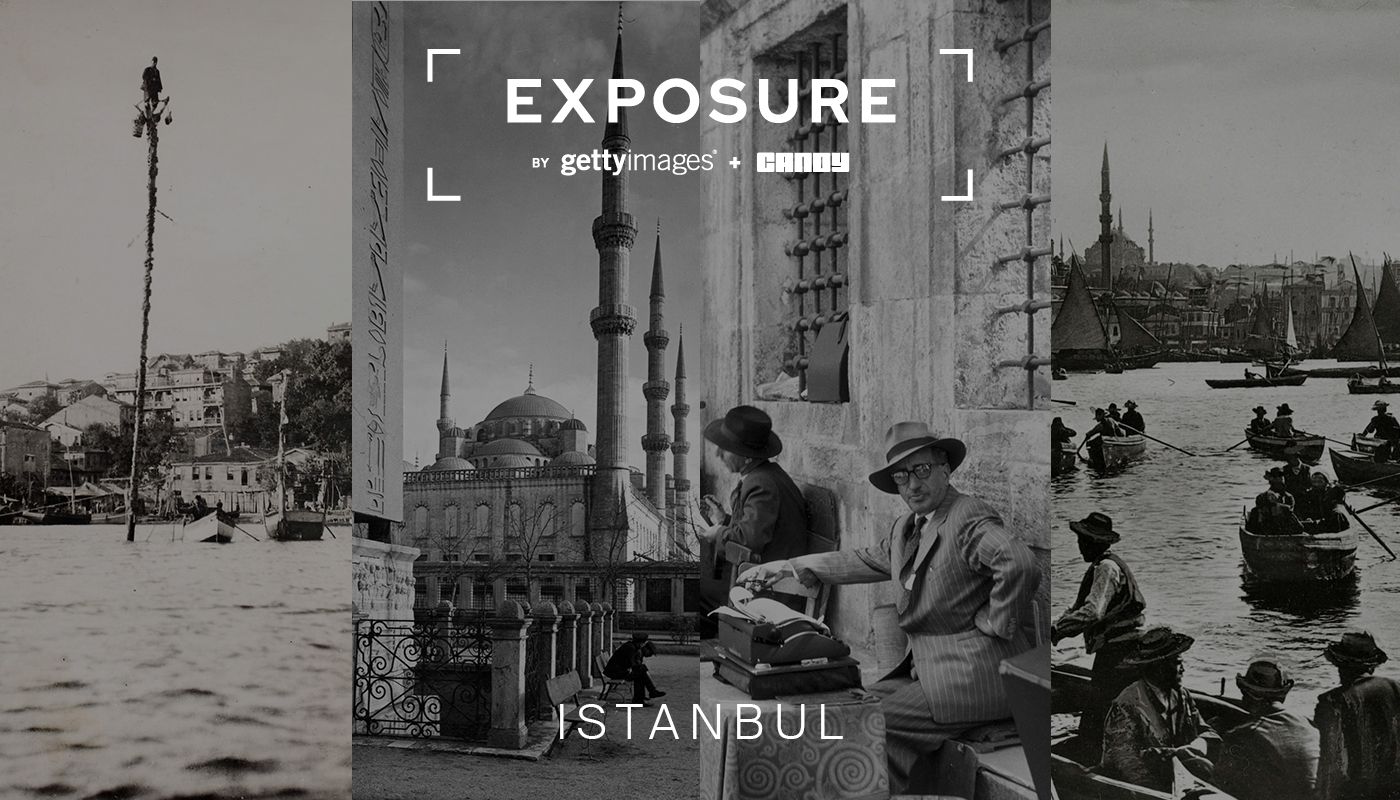
Whether you are an avid collector, an art enthusiast, or simply someone who values the beauty of the past, owning a digital collectible from the Candy x Getty Images collection is an invitation to embrace the extraordinary and become a part of a vibrant community that celebrates the power of art and storytelling.
Featuring prominently in this collection is the city of Istanbul, the epic metropolis that straddles continents. As a historic crossroads between Europe and Asia, the legendary city of old Constantinople has stood tall through the rise and fall of multiple empires.
Each of the four photographs below, taken from the City Diaries Collection, offers a glimpse into the intricate details that define Istanbul's unique character.
Hulton Archive: Fisherman's Look (1932)
Nestled along the Bosphorus Strait, Istanbul's livelihood has always been intertwined with the abundant sea life in its surrounding waters. And from the humblest of fishing villages to the grandest palaces, the city's growth and prosperity were indebted to the riches of the sea.
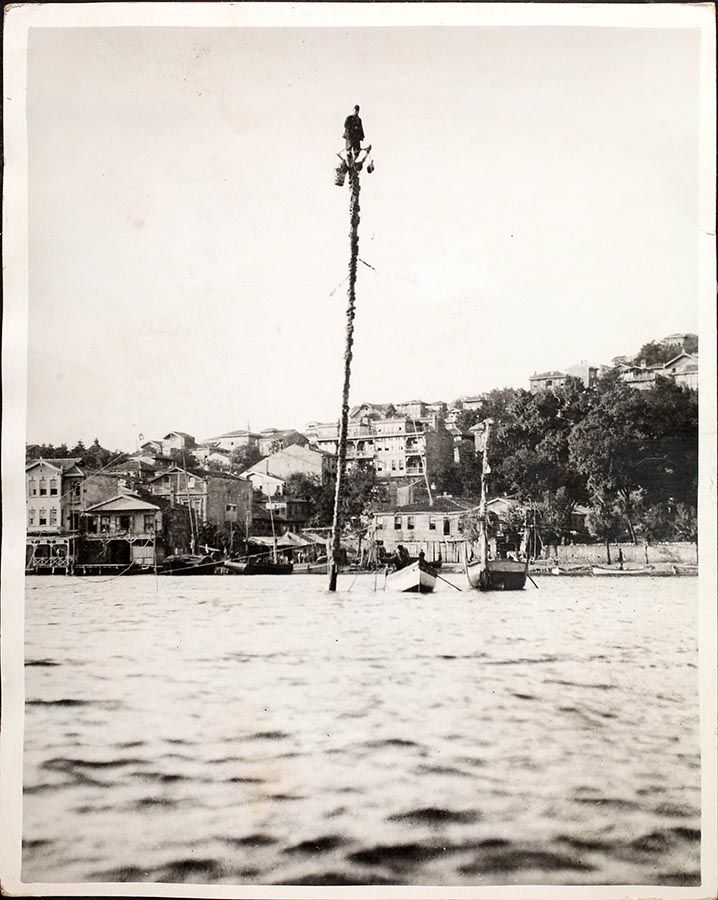
Pictured: In 1932, the fishermen of Beikos, a district in Istanbul, had a unique way of alerting fishing boats to approaching fish. A fisherman would climb to the top of a tall pole, known as a "fish spotter," to keep watch over the sea. From this vantage point, the fisherman would search for telltale signs of abundance and issue a loud call to action once spotted. It was a symbiotic dance between man and nature, where the fishermen of Beikos, with their silhouettes soaring against the sky, would harness their ancestral wisdom to ensure a prosperous haul.
Fox: Boats At Istanbul (1937)
The city's strategic location on the Bosphorus Strait made it a key point of trade and commerce, with ships from all over the world arriving at the port. Here, boundaries blurred and traditions merged as local merchants mingled with visitors from distant lands.
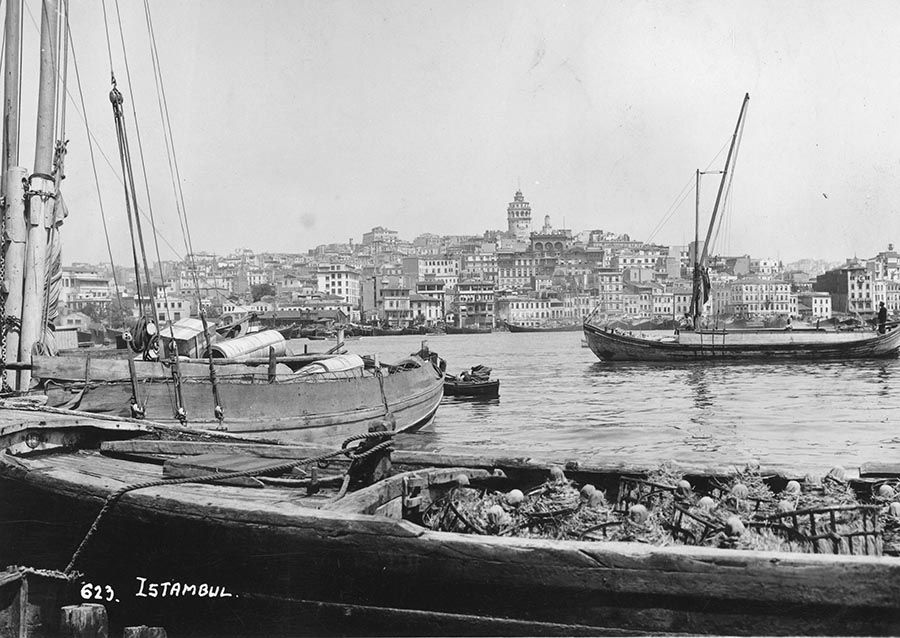
Pictured: In the 1930s, the waterfront in Istanbul, Turkey, was an active hub for both business and pleasure. Along the waterfront, markets and bazaars sold everything from spices and textiles to jewelry and antiques, while fishermen unloaded their catches from small boats. Passengers boarded steamships bound for destinations throughout the region, while ferries shuttled commuters and tourists across the strait to the Asian side of Istanbul. This cross-pollination of cultures, commerce, and ideas was essential to shaping Istanbul into one of the most diverse and powerful cities in the world.
Jack Benton: Sultan Ahmed Mosque (1950)
Istanbul's architectural wonders seamlessly blend Byzantine and Ottoman influences, showcasing the city's rich heritage and the evolution of architectural styles across centuries. The echoes of past civilizations resonate through its timeless structures, amidst the hustle and bustle of contemporary life.
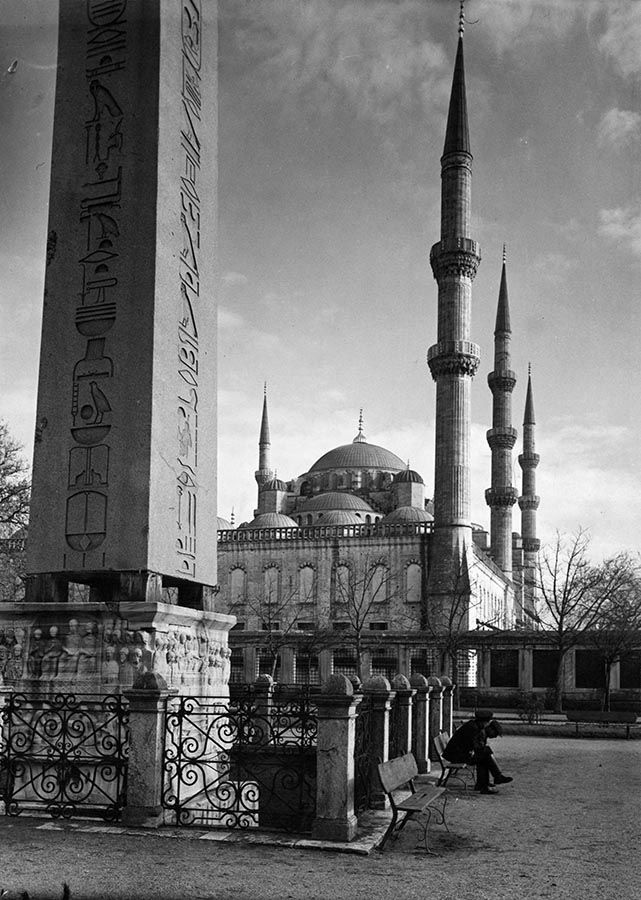
Pictured: Amidst the ever-growing modernity of mid-1900s Istanbul, the Sultan Ahmed Mosque, also known as the Blue Mosque, emerged like a resplendent jewel. Built during the early 17th century, this iconic structure seamlessly fuses design elements of the Hagia Sofia’s Byzantine architectural tradition with the Ottoman style seen in mosques such as the Süleymaniye Mosque. As the city evolved and embraced progress, the mosque remained steadfast as a symbol of serenity and cultural fusion.
Bruch: Typewriter Service (1959)
As Istanbul ballooned in size, various street-side services sprung up to cater to the city’s growing demand. From the shoe shine stands scattered across the city’s bustling squares to the simit vendors bringing dashes of delight to Istanbul's street corners, every nook and cranny of the city was humming with commerce and life.
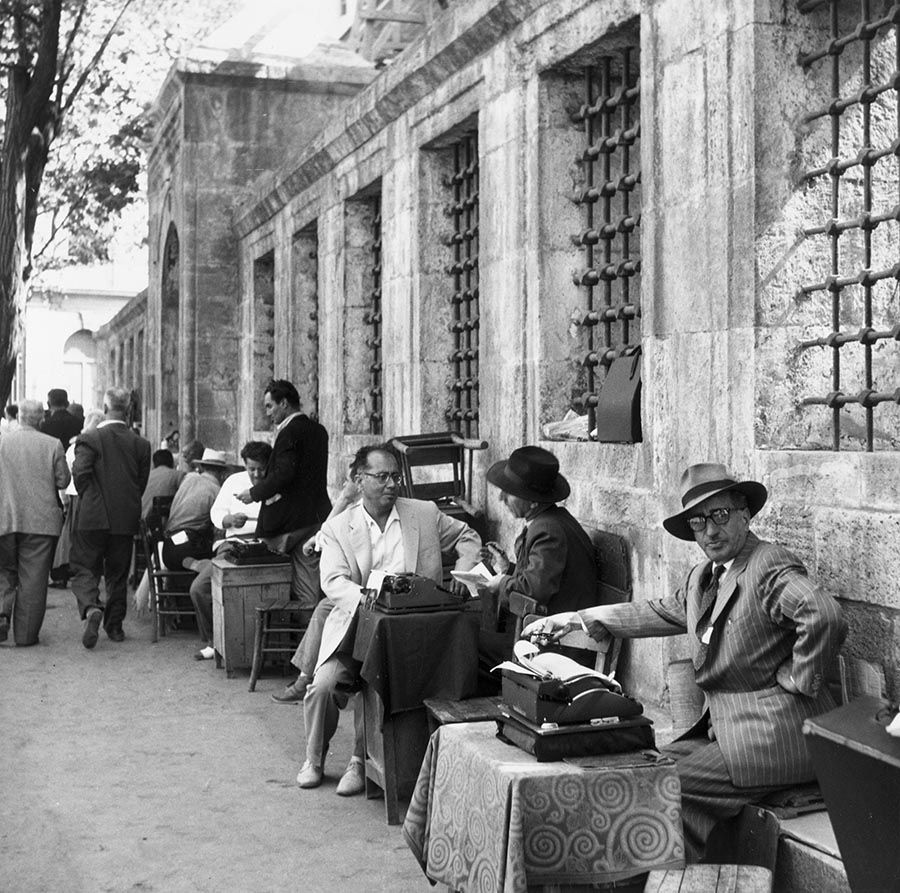
Pictured: During 1950s Istanbul, a street named "Dokumacilar Caddesi" was a popular destination for people who needed documents typed up quickly. The typists operated manual typewriters with impressive speed and accuracy in the era when typewriters were the gateway to document creation and dissemination. From businessmen drafting important letters to aspiring writers pouring their hearts onto paper, these typewriter services were pivotal in shaping the city's social and professional scenes, allowing individuals to communicate, conduct business, and leave their mark on the world.
Each of these photographs offers you a chance to own the soul of a city that has reshaped entire nations for centuries. Check out our drop page and the marketplace — and claim your free to mint image if you haven’t already.

